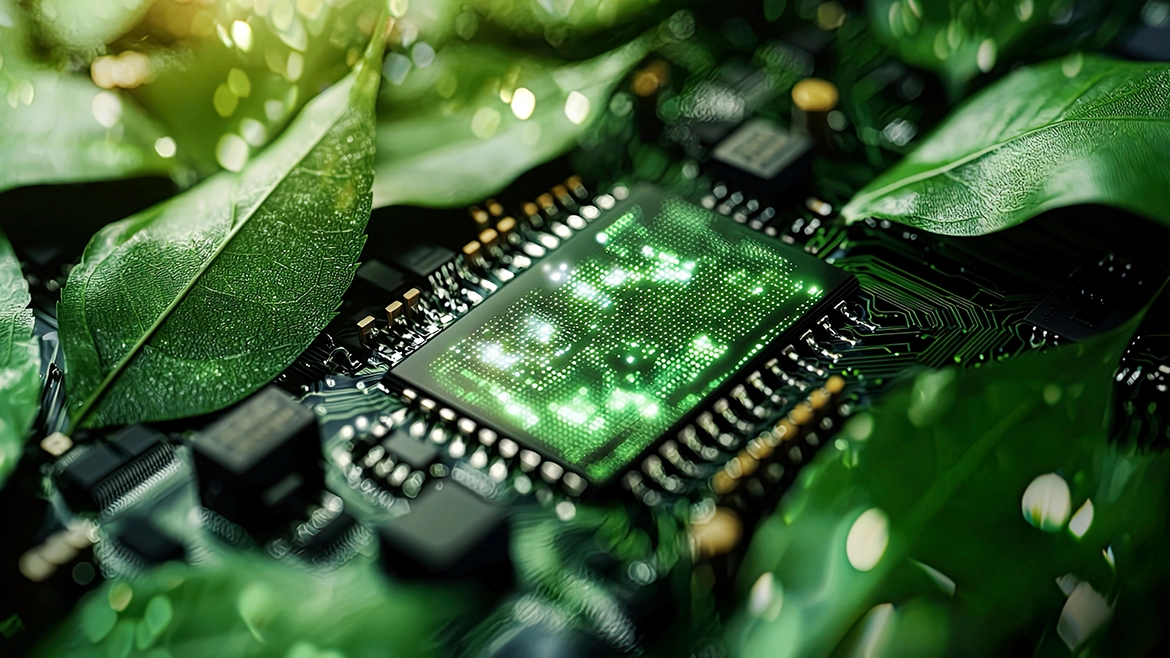Table of Contents
In a world increasingly driven by innovation, the intersection of biology and computing—known as biocomputing—has emerged as a game-changer. Biocomputing leverages biological systems, such as DNA, proteins, and cells, to perform computational tasks traditionally handled by silicon-based computers. This cutting-edge field is not just transforming the way we approach computational challenges but also paving the way for the development of living products—dynamic, self-adapting, and sustainable solutions to modern problems.
What Are Living Products?
Living products are creations that merge biological processes with engineered systems, enabling adaptability, regeneration, and environmental responsiveness. These products include self-healing materials, bio-based energy systems, and even programmable organisms designed to perform specific tasks. For instance, researchers are developing bioengineered bacteria that can clean oil spills or detect environmental toxins—an innovation rooted in biocomputing principles.
How Biocomputing Drives Living Products
- Programmable Biology: Biocomputing enables the programming of genetic material to perform computational functions. This allows scientists to “code” living systems to execute tasks such as drug delivery or environmental remediation. Unlike traditional software, which operates on digital hardware, biocomputing leverages living cells as both hardware and software.
- Self-Adaptive Systems: One of the most fascinating aspects of living products is their ability to adapt to changing environments. Using biocomputing, researchers can create systems that monitor conditions and respond autonomously. For example, bioengineered crops could adapt to drought conditions by dynamically modifying their water consumption patterns.
- Sustainability: Biocomputing supports the creation of sustainable solutions by minimizing reliance on non-renewable resources. Living products, like bio-based batteries or bioengineered construction materials, not only reduce environmental impact but also integrate with natural ecosystems more seamlessly than traditional technologies.
Real-World Applications
- Healthcare: Living products such as bioengineered tissues and organs are revolutionizing regenerative medicine. Using biocomputing, researchers are developing “smart cells” capable of detecting diseases and delivering therapies directly to the affected site.
- Environmental Management: Biocomputing drives innovations in bio-sensing devices that detect pollutants or pathogens in water and soil, ensuring real-time environmental monitoring.
- Agriculture: By leveraging biocomputing, scientists are creating living fertilizers—microorganisms that deliver nutrients to plants precisely when needed, optimizing crop yields while reducing waste.
Challenges and Ethical Considerations
While the potential of biocomputing is immense, its challenges cannot be overlooked. Engineering living systems raises ethical questions about their safety, usage, and long-term impact. There is also the risk of unintended consequences, such as bioengineered organisms affecting ecosystems in unpredictable ways. Robust governance frameworks and interdisciplinary collaboration are essential to ensure responsible innovation.
The Future of Biocomputing and Living Products
As biocomputing matures, it is set to redefine industries ranging from healthcare to construction. The ability to design, program, and sustain living products opens doors to a future where technology harmonizes with nature, delivering solutions that are not only efficient but also deeply empathetic to the needs of the planet.
Living products represent the ultimate fusion of biology and technology, embodying the principles of adaptability, efficiency, and sustainability. The role of biocomputing in shaping these innovations underscores the transformative potential of merging the digital and biological worlds—ushering in an era of unprecedented possibilities.


